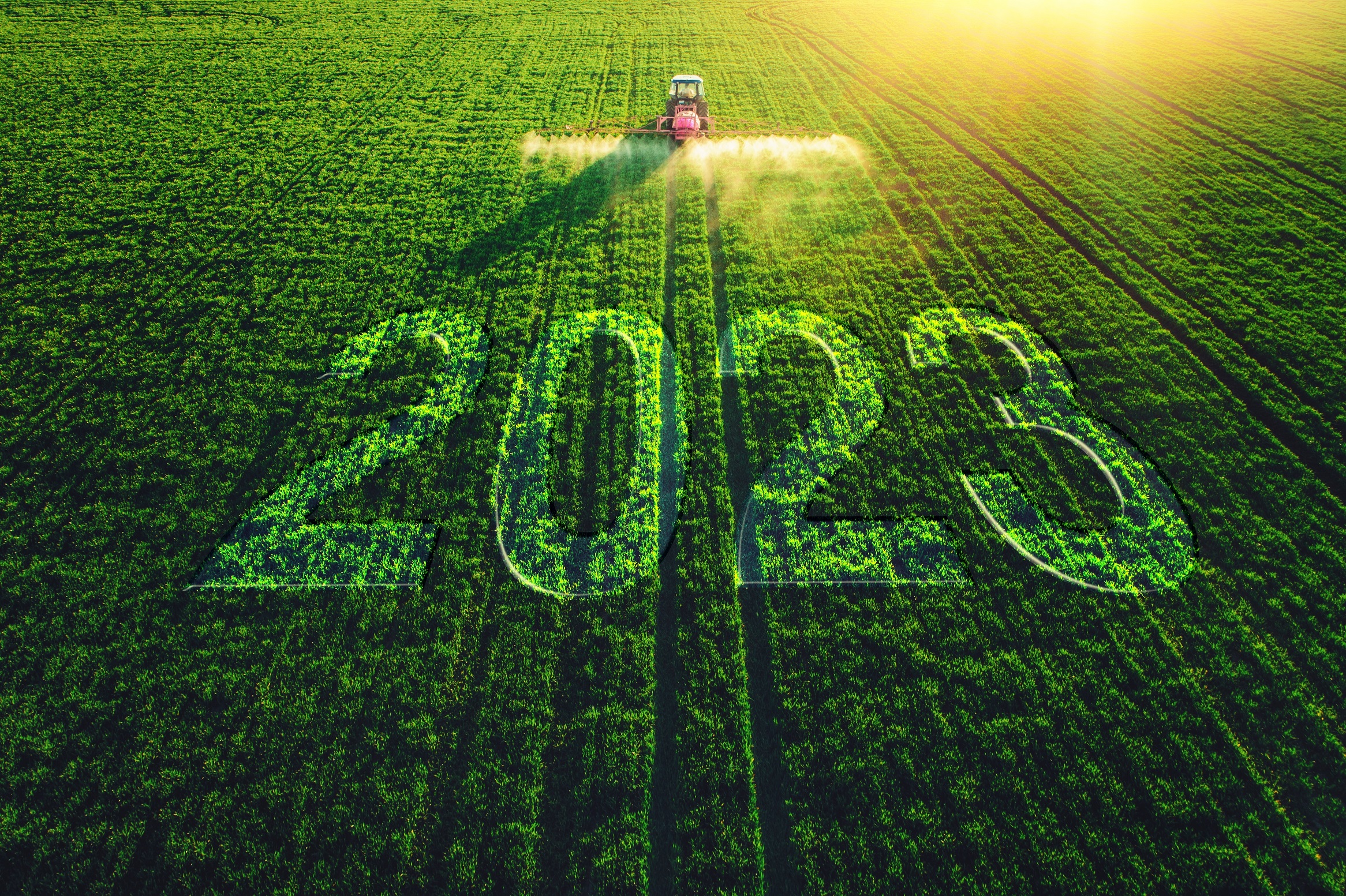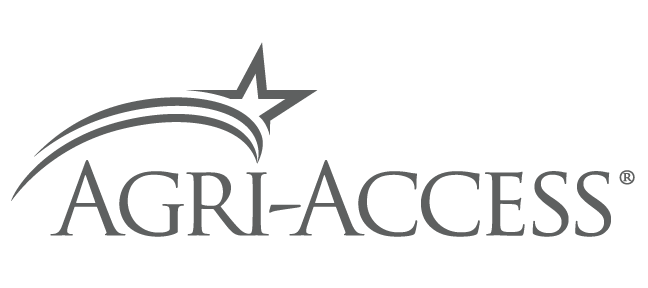Advocating for Agriculture in 2023

As a lender, you’re a trusted resource for farmers and growers. They rely on your guidance and your expertise to help them make decisions that will have a big impact on their profits and cash balance at the end of the year.
Because many of you come from ag roots yourselves, you know firsthand what keeps farmers up at night. The experiences you’ve had, coupled with your pulse on how the global ag economy plays out at home — these make you a powerful ag advocate, says Tracy Nelson, a relationship manager here at Agri-Access.
“I’ve been around rural America and agriculture my entire life,” Nelson says. “With fewer and fewer advocates for agriculture these days, lenders are some of the last true advocates, and I’m very passionate about helping them as they support their customers.”
In preparation to meet with farmers to assess their 2023 borrowing needs, now’s a great opportunity to consider the indicators, trends and headwinds in the global ag economy. Nelson has rounded up some of the top ag issues.
Nelson’s take: “These will be deeply influential in shaping your ag borrowers’ decisions in the coming year,” he says. “And you can be an advocate to put it all into context and point them to the right resources, so they do what’s best for their operation.”
Maintaining healthy liquid asset ratios
Farmers had great cash flow in 2022. In fact, they kicked off 2023 with the highest net farm income since 1973.1
Going into 2023, strong commodity prices should continue feeding healthy farm incomes. However, elevated interest rates and production costs (outlined below) will certainly create challenges to farmers’ liquidity.2
Nelson’s take: “This is an opportune time to educate farmers on tools that can help them monitor the ratio of their debts to cash assets on an ongoing basis. Maintaining healthy ratios will keep them from being caught off guard by market fluctuations.”
Elevated interest rates
Elevated interest rates will continue to be a reality for the ag credit market in 2023. Operating loan rates reached a ten-year high in Q4 of 2022.
Looking ahead to the coming year, forecasts predict rate hikes in the 9-10% range.
Nelson’s take: “As producers become more price conscious about their lending options, it’s critical to underline the added value and services you and your company provide.”
International markets create friction
There are a lot of competing pressures in the international markets.
Ukraine farmers will likely be prevented from getting corn and wheat crops into the ground as the war with Russian invaders intensifies this winter, tightening stocks of commodities.
Meanwhile, Brazil and Argentina are in for a bumper year, as corn and soybean crops mature later this winter. This will alleviate stock pressures and provide resources to China, which continues to reduce imports of U.S. commodities.
Nelson’s take: “As Congress hammers out the Farm Bill, it will be more critical than ever that they shape policy that keeps American commodities competitive. One powerful act of advocacy you can perform is getting in touch with your congressional representatives, telling them what’s at stake for family producers and how they can help.”
Elevated production costs challenge profits
Fertilizer and fuel prices have cooled. But there is the potential for price hikes around the bend due in part to expectations that farmers will plant 7 million to 9 million more acres of commodity crops this year — corn, soybeans and wheat — fueling demand for fuel, fertilizer, seed and other inputs.
Nelson’s take: “Now is a great time to introduce producers to benchmarking resources. By comparing their operational expenses year-over-year and with other operations nearby, these tools generate ideas on how to offset increased input costs.”
The impact of a coming recession
The start of 2023 may have brought a less gloomy outlook about the expected recession.3 But effects remain to be seen.
A big concern for ag clients will be centered around inflation, interest rates and exports. There would come a tipping point in the Fed’s interest rate hikes where U.S. grain and meat exports would take collateral damage — deepening the effects of the recession.
Another consideration is non-farm incomes. With the potential for higher unemployment, a recession would impact the earnings of people working outside the farm or ranch.
Nelson’s take: “Agri-Access offers multiple loan terms and amortization for up to 30 years, allowing clients to sustain their operations and leverage their cash. Reach out to one of our Relationship Managers throughout the U.S. to discuss the different loan products.”
Sources
- Farm Sector Income & Finances: Farm Sector Income Forecast, December 1, 2022 | U.S. Department of Agriculture, Economic Research Service
- Rebound in Farm Lending Continues | Federal Reserve Bank of Kansas City
- Recession looks more likely but less bad | The Hill
